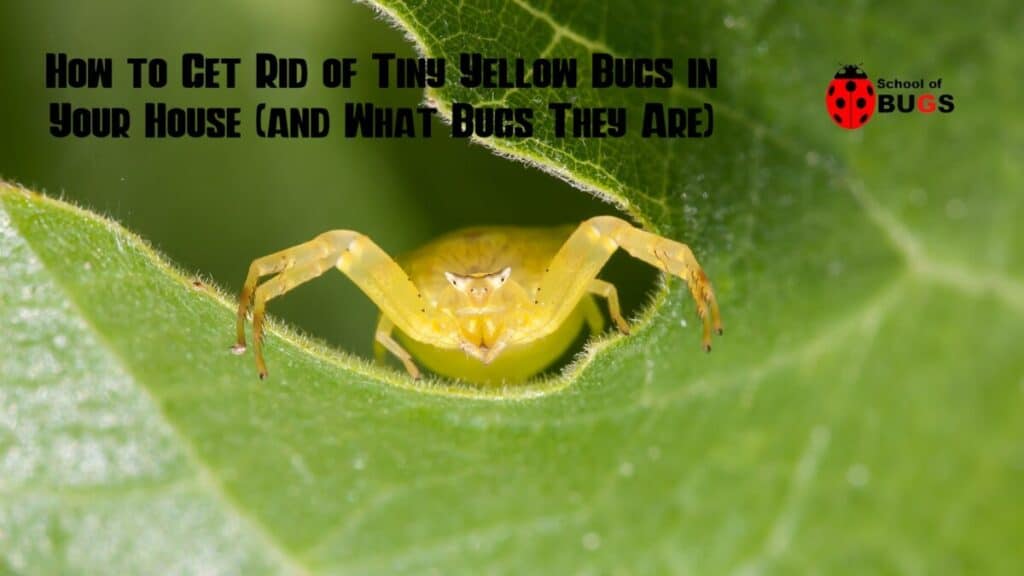
There is an old saying, that a person’s home is their castle. And if this is the case, then bugs and other pests that broach your home’s perimeter should be treated as an invading enemy.
Fortunately, there are many simple and natural ways to get rid of bugs in your home. The downside is identifying them, especially if they are small and fast-moving, and many household pests look alike.
If you find your house plagued with tiny yellow bugs, identification is the first step in getting rid of them, as some methods of insect elimination work better with some species than with others.
Getting rid of carpet beetles is usually a simple task, and seldom requires anything more extreme than using natural insect repellants like peppermint and lemon oil.

Other tiny yellow pests – like young bed bugs and termites – require more extreme measures, such as fumigation.
Regardless of what bug your tiny yellow intruders are, we will focus on identifying and eliminating each and name some preventative measures to keep your home as pest-free as possible.
Tiny Yellow Bugs: What are They?
There are many insects that are small and yellow that can be found in and around your home. Which bugs these are will depend on where you live, but for this article, we will be focusing on the various regions in the US.
For each insect species, we will focus on where they are found, what attracts them to your home, and how to get rid of them. The most common yellow bugs found in the US are:
- Termites
- Young bed bugs
- Centipedes
- Fleas
- Mayflies
- Beetles
- Cobweb spiders
- Orb weaver spiders
- Yellow velvet ants
Termites

Arguably one of the most destructive and difficult insects to get rid of without professional intervention, termites are small, yellow bugs that cause serious structural damage to homes by burrowing inside wooden beams and eating the wood pulp, building their colonies inside the hollowed areas.
One of the worst things about termites is that they usually remain undetected until it’s too late, and by the time you find out about the infestation, these pests may have already wreaked expensive and irreversible damage to your home.
Termites can be found throughout the United States, though they are more common in moist, rainy climates.
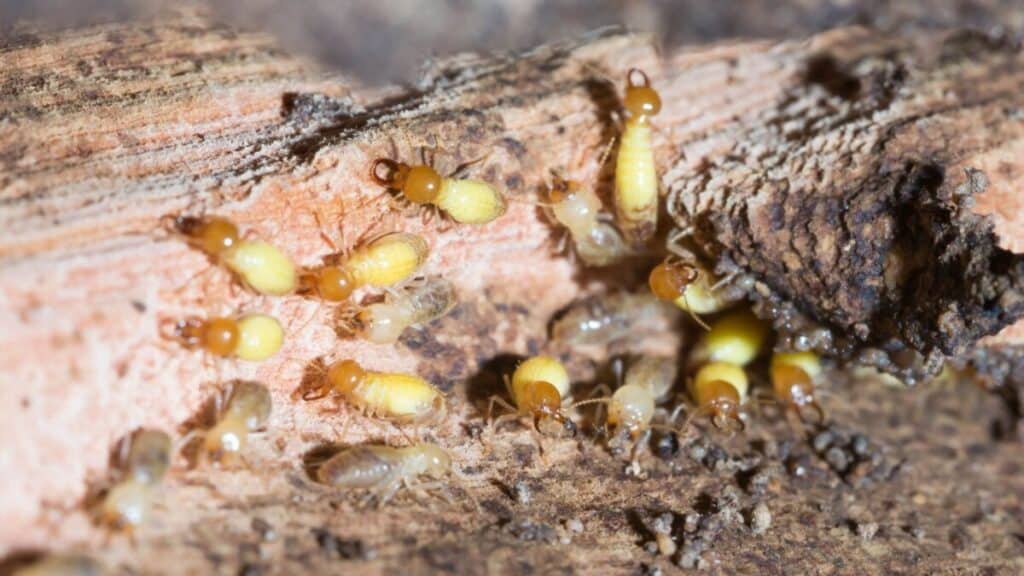
Preventing termites from entering your home is far easier than getting rid of them once they’ve gotten inside. The best way to keep termites from getting inside your home is:
- Keep cracks in walls, window frames, and door frames sealed
- Use fine steel mesh to cover openings such as air vents
- Don’t stack firewood or wood debris near sides of house
- Regularly inspect your home for leaks and fix them immediately
- Maintain gutters and downspouts
- Don’t plant trees or shrubs too close to house
- Have routine inspections of your home
Young Bed Bugs
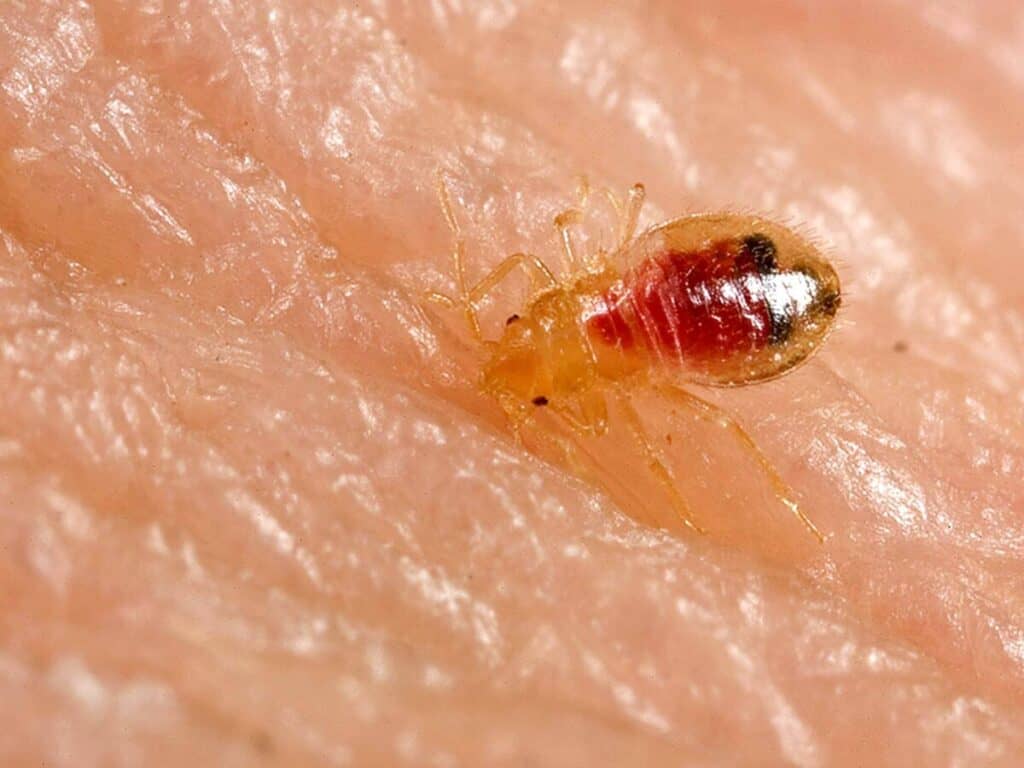
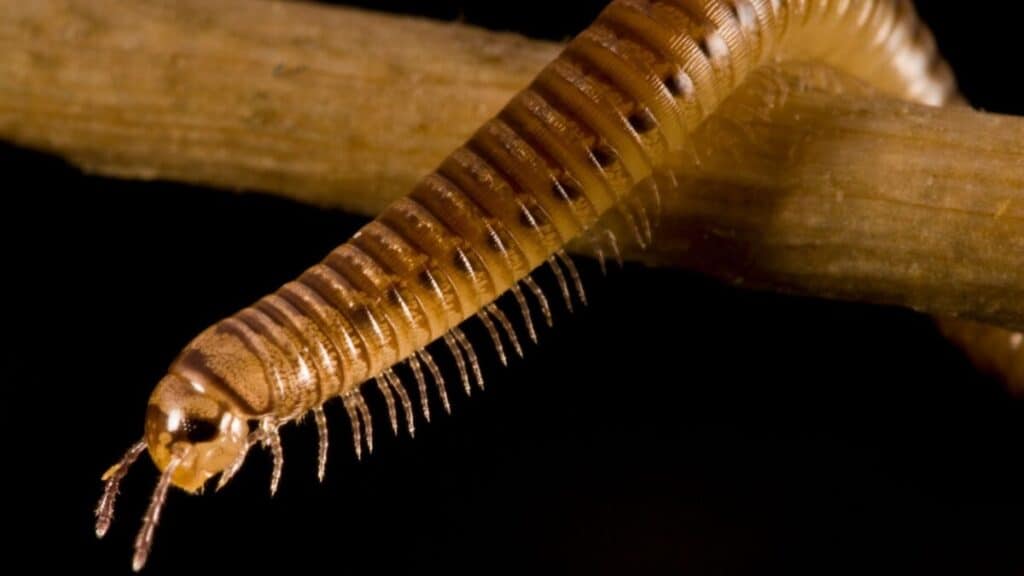
Not only are centipedes venomous, but they are commonly found inside houses – especially in seldom-traveled areas such as basements, attics, and cabinets.
They are yellowish brown in color, with some variation, and are most active at night. The baby centipedes look like smaller versions of the adults, just with fewer legs.
Compared to other household pests, centipedes have a relatively long lifespan – sometimes living up to six years.
To keep them from getting inside your house, keep holes and vents covered, seal up cracks in walls and floors, and keep your home clean and sanitized.
Fleas
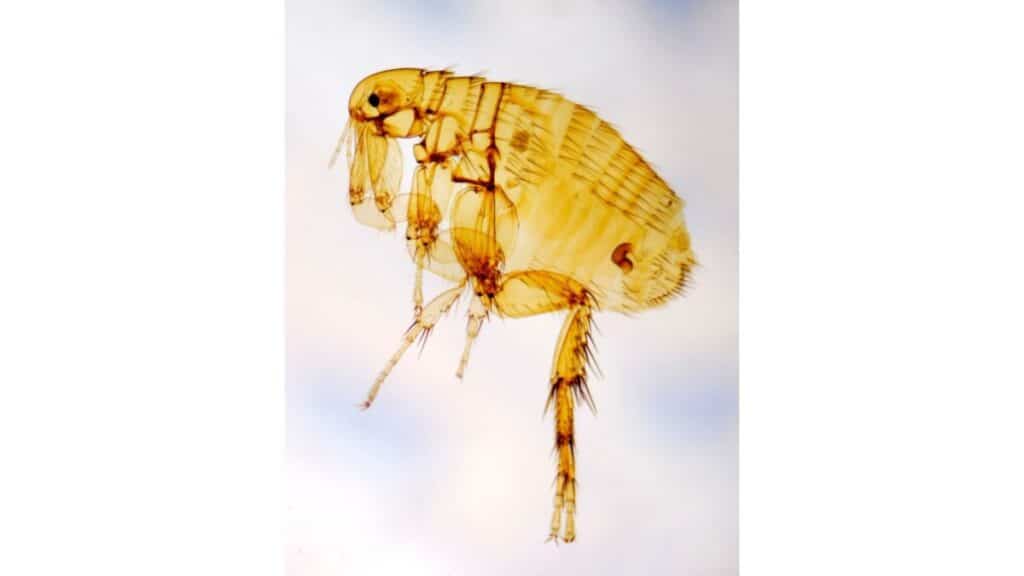
Fleas are usually an amber or brown color, with some species closer to yellow or gold. Fleas are difficult to get rid of and can spread disease to both pets and humans.
Since fleas can burrow into carpets, bedding, furniture, and clothes, getting rid of them can be a huge hassle.
Deep cleaning your home, especially using insecticide specially designed for eliminating fleas, is usually the only way to get rid of them.
You’ll have to deep clean your home several times to get rid of the fleas, depending on the infestation.
Mayflies
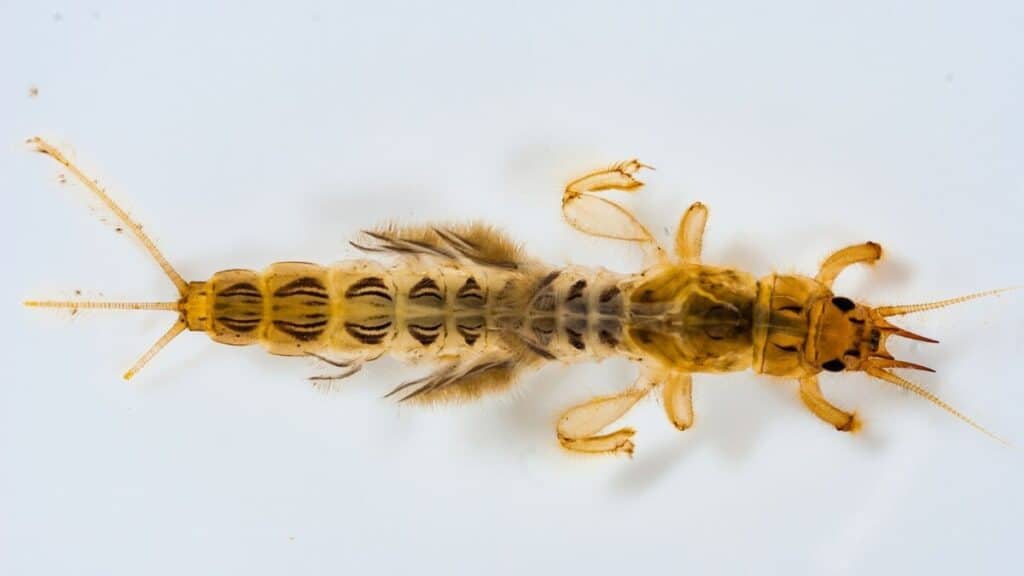
Mayflies are short-lived insects that lay their eggs in water. While they are usually found outside near rivers, ponds, and lakes, they are attracted to standing water and can enter your home if you have pools of stagnant water in or around your home.
Puddles in basements and pet water bowls are common places that draw mayflies. Mayflies – specifically burrowing mayflies – are almost completely yellow and are found mostly in the Midwest, near the Great Lakes region of the US.
Beetles
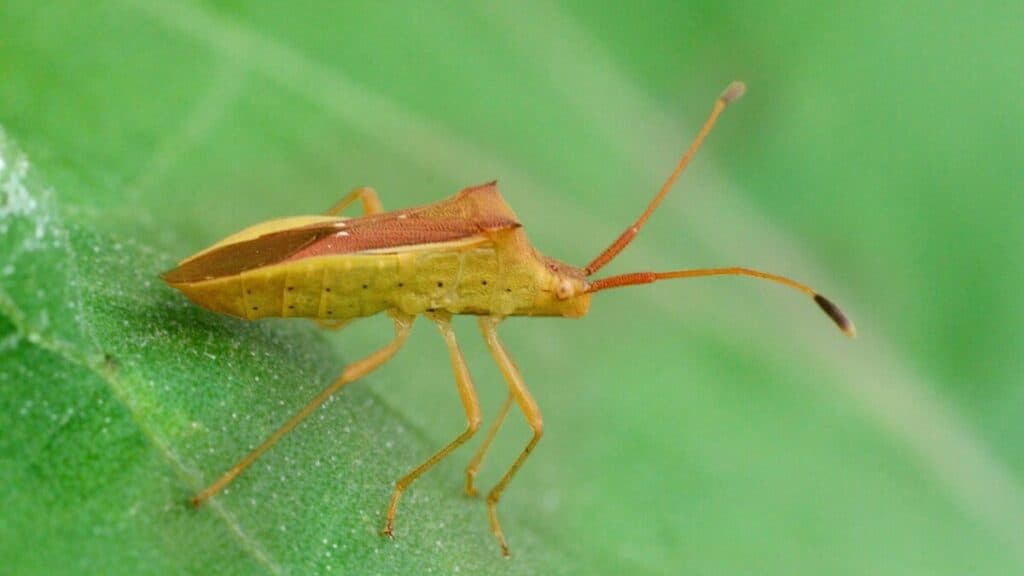
There are several species of small, yellow beetles that can be found inside your home. They are usually attracted to houseplants, and while they aren’t usually harmful to humans, they can be annoying.
These species include:
- Cottonwood leaf beetles
- Goldsmith beetles
- Cucumber beetles
- Larger elm leaf beetles
- Longhorn beetles
- Squash lady beetles
- Harlequin flower beetles
- Linden borer beetles
Cobweb Spiders
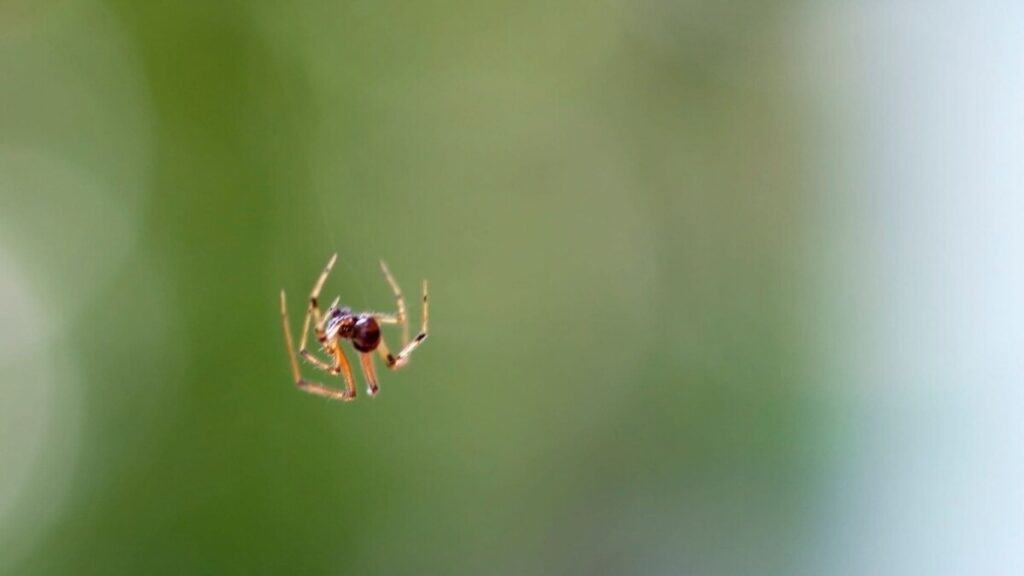
With their distinctive bright yellow body and black legs, cobweb spiders are found throughout North America.
While they aren’t aggressive or toxic to humans, their presence in your home can be unsettling. They are also very small and can be difficult to spot.
Orb Weaver Spiders
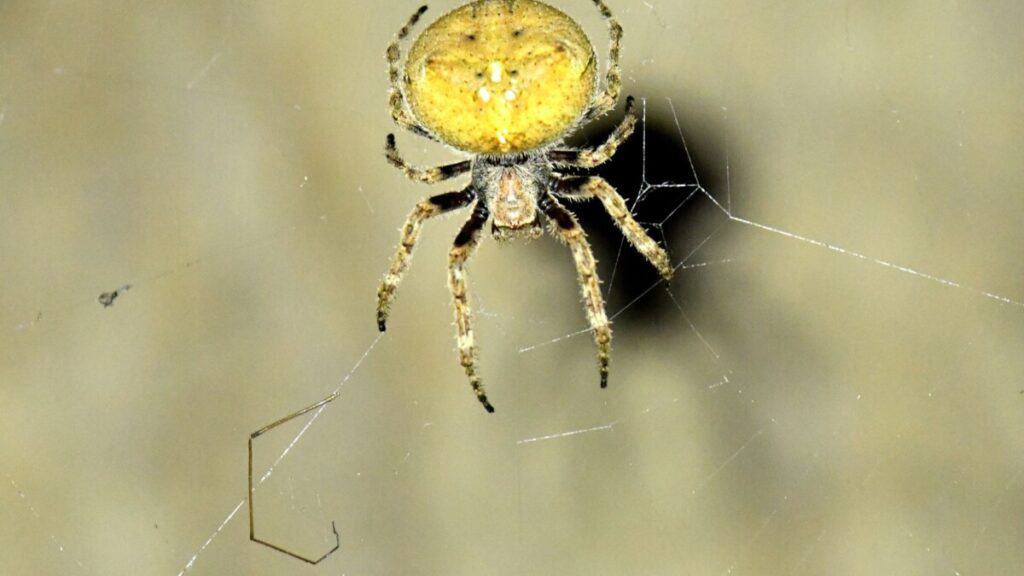
Ranging in color from tan to yellow to amber, orb weaver spiders are named for the distinct spiral shape of their webs.
While their venom isn’t toxic to humans, their bite is painful and similar to a bee sting. They aren’t aggressive, but it can be unsettling to find them in your home.
Like most spiders, orb weaver spiders build their webs in less traveled areas such as basements, crawl spaces, and attics.
To keep your home spider free, make sure to dust and clean these areas regularly to prevent spiders from building their webs.
Yellow Velvet Ants
Despite its name, yellow velvet ants are actually wasps and can pack a powerful sting. Found in the southwestern US, they are parasitic, laying their eggs in the nests of bees and other wasps, with yellow velvet ant larvae eating the larvae of their host.
Best Ways to Keep Bugs out of Your Home
Natural Insect Sprays

While there are many harsh chemicals that can kill and prevent pests, natural insect repellants can be just as effective and are safer to use around children and pets. Plus, they smell pleasant, giving your home a fresh aroma.
The following are natural oils that can be added to water and applied with a spray bottle around your home’s perimeter, such as windows and doors. Some – like lemon and vinegar – shouldn’t be watered down at all.
- Peppermint oil – this versatile oil keeps out both mice and insects
- Eucalyptus oil – is usually mixed with lemon for a more pleasant aroma and for added protection against pests
- Cedar oil – a great-smelling wood that can also be purchased in wood chips and scattered near entryways
- Lemon and vinegar
Diatomaceous Earth
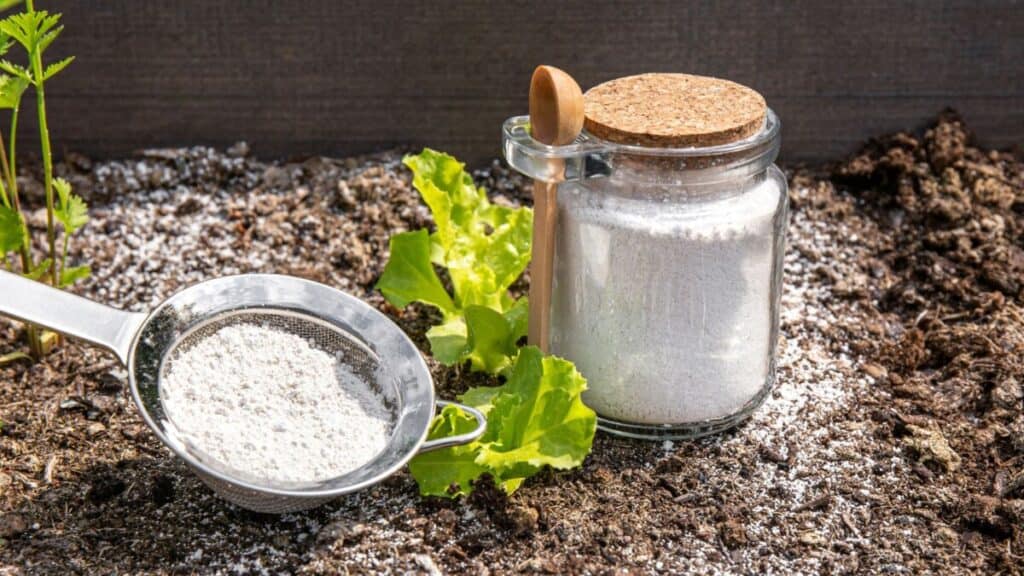
Diatomaceous earth is made of fossilized algae called diatomes. It dries out and immediately kills bugs that crawl over it.
It’s also safe and non-toxic to people and pets. It is most effective against crawling pests such as:
- caterpillars
- termites
- cockroaches
- ants
- silverfish
- centipedes
- bedbugs
- spiders
While it can be a little messy, you can sprinkle diatomaceous earth in basements, attics, around your home’s perimeter, and outside near walkways and entry points such as vents.
Grow Herbs Inside your Home
Because insects are repelled by most herbs, growing herbs inside your house is a great idea if you have the space and the light.
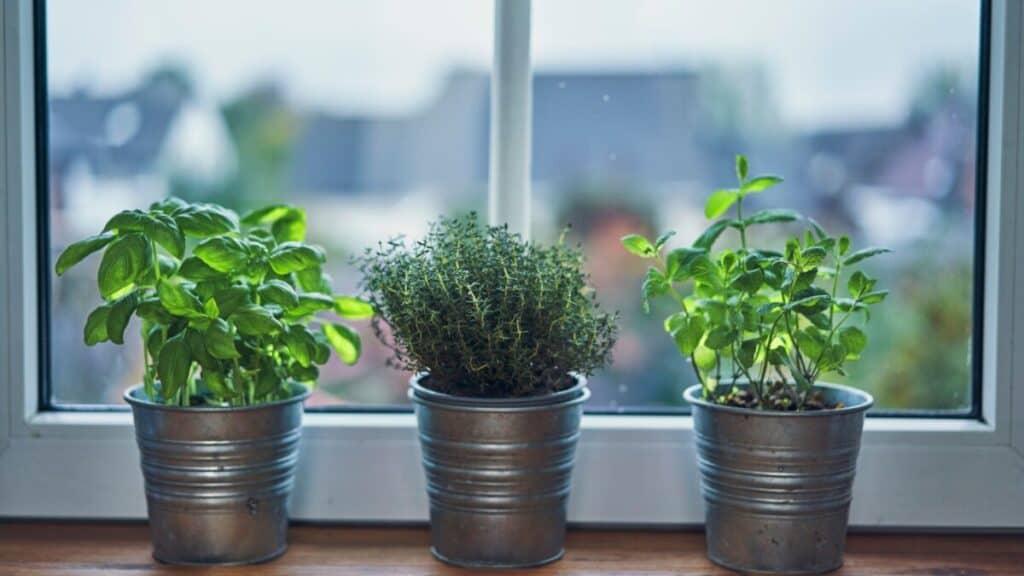
Windowsills are usually best for growing herbs indoors, as they have a lot of natural light and are usually entry points for pests. The best pest-repelling herbs are:
- Mint
- Garlic
- Peppermint
- Sage
- Lemon balm
- Chives
- Basil
- Rue
- Lavender
- Thyme
- Marigolds (not an herb, but easy to grow and effective in keeping bugs away)
- Bay leaves
- Tansy (mildly toxic, so reconsider if you have pets or small children)
- Pennyroyal (don’t plant if you have a cat, as pennyroyal is toxic to felines)
Conclusion
While preventative measures are the surest and easiest way to keep bugs out of your home, don’t give up hope if you find any of the above yellow insects in your house. Proper identification is key to knowing how to get rid of them.
Alright, that’s it for this article, here are a few hand-selected articles that you might also find interesting reads:
How to Stop Bugs Getting Into Your BathroomHow To Stop Bugs Coming In the Window At Night (Easy Checklist)
How To Stop Bugs Getting In Your Room
Recent Posts
Tiny Black Bugs in Bathroom NO WINGS: What They Are and What to Do!
Finding tiny black bugs in your bathroom can be uncomfortable, to say the least. Especially if they are persistent, or they appear in very large numbers, which they often like to do. When it...
Tiny Black Bugs in Plant Soil - What Are They & What To Do About It
A short horror story: You get a new houseplant. You do your best to take care of it. You’ve ensured that it has the right soil, the right amount of sun, it gets enough water. And then one day, you...

